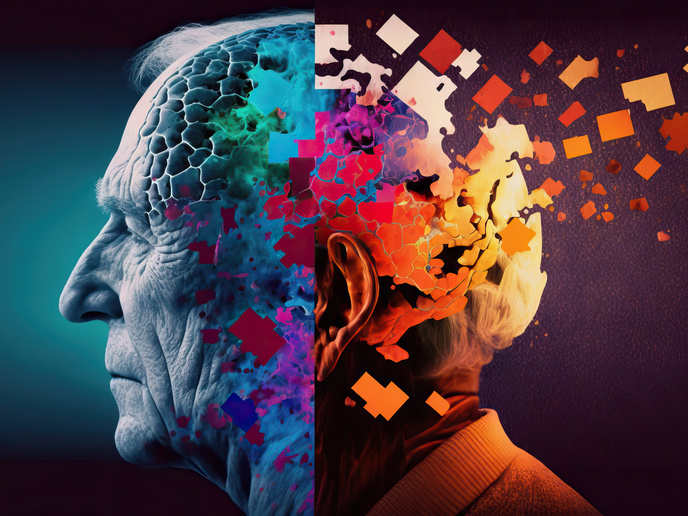Virtual Brain maps functional connectivity
The DYNVIB (Dynamic effective connectivity of the virtual brain) project explored the flexibility of a rapidly changing attentional spotlight as a result of sending appropriate signals to higher-order brain regions. The consortium used the Virtual Brain, an open-source neuroinformatics platform that analyses the newly emerging dynamics in different parameter ranges. The principle underlying the study is that the chronnectome, time-dependent states of the system, is the visible manifestation of the dynome. The dynome refers to all the dynamic regimes of a neural circuit that the connectome can generate and the connectome is the sum of all synaptic connections. DYNVIB generated the first ever whole brain mean-field model. Based on a reconstructed connectome using diffusion tensor imaging with tuning, the "Virtual Brain" model dynome has enhanced richness of detail. The scientists also studied a "Virtual Region", where a meso-scale connectome regulates coordination of multi-frequency communications between different regions in the cortex. Selection is based on the frequency in bottom-up and top-down directions. Researchers have also improved the methodology for analysing dynamic functional connectivity (FCD). Input from imaging signals and neural recordings with introduction of biomarkers has produced metrics at different scales that can assess the reorganisation of FCD with ageing. For more microscopic networks, machine-learning algorithms were collected from external sources. Project members made substantial progress in the implementation of computational models that analyse the dynamics of functional connectivity in the entire human brain. Direct applications include an increased understanding of cognitive flexibility, its impairment and improvement. 3P – preventive, predictive and personalised – medicine could be much enhanced in the area of neurodegenerative disease and general cognitive function enhancement.







